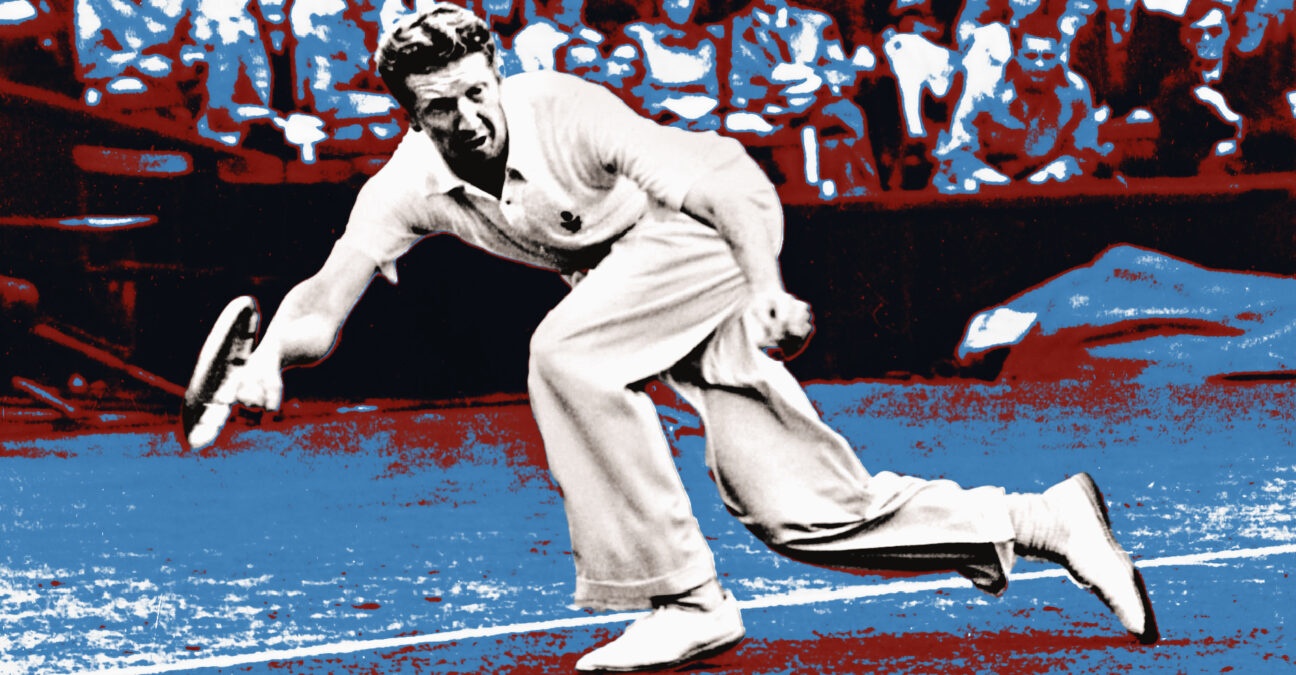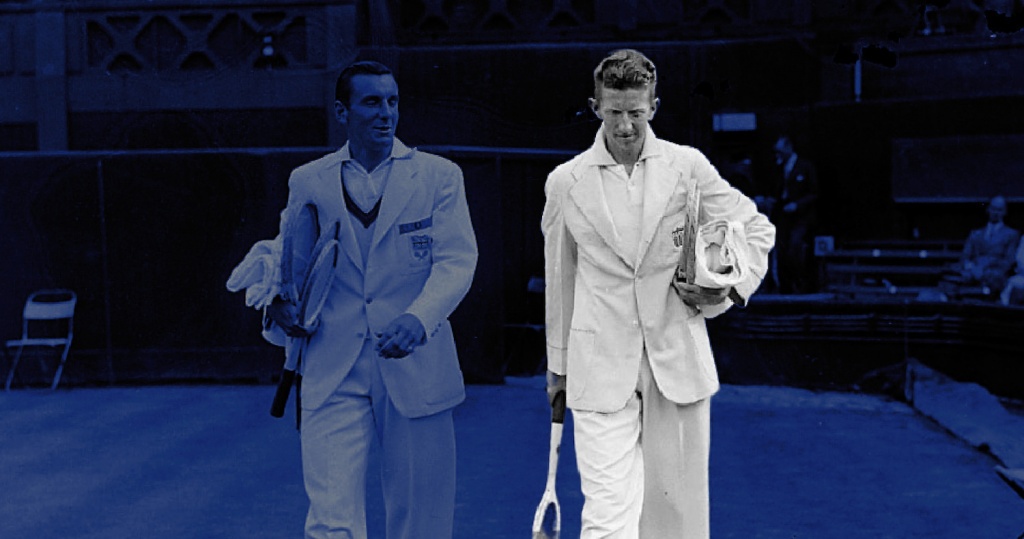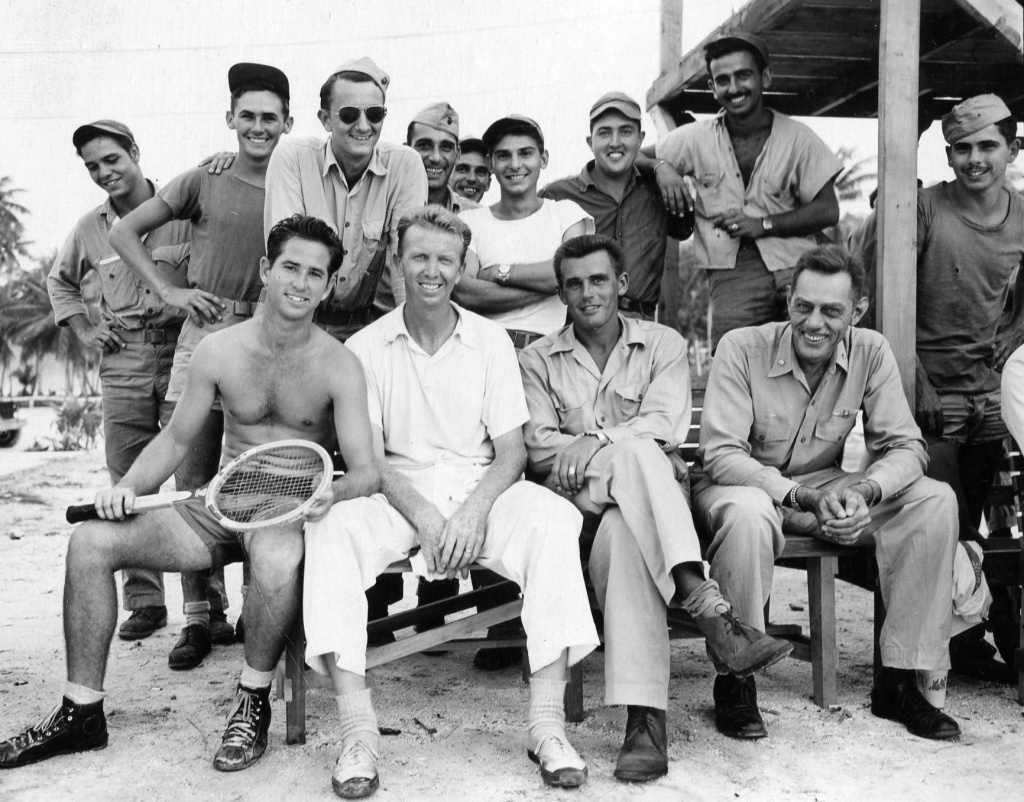January 26, 2000: The day Don Budge, tennis’ first Grand Slam winner, passed away
On this day, January 26, 2000, Donald Budge, the man who completed the first Grand Slam in tennis history, passed away at the age of 84
 Don Budge
Don Budge
What happened exactly on that day
On this day, January 26, 2000, Donald Budge, the man who completed the first Grand Slam in tennis history, passed away at the age of 84.
The players: Don Budge
- Amateur career: the first player to achieve the Grand Slam
Don Budge was born in California in 1915. After playing various sports as a child, he took up tennis, where, helped by his size (he was 6’1), he developed a very powerful serve which would take him to the top.
In 1933, Budge quit his studies at Berkeley to play tennis with the US Davis Cup team. As he had been raised on California’s hard courts, it took him a while to adjust to the grass courts of the East Coast, but with time, he mastered that surface enough to triumph at Wimbledon, in 1937, defeating Gottfried von Cramm in the final (6-3, 6-4, 6-2).
A few weeks later, the two players faced each other again in a famous Davis Cup tie, in which Hitler himself called von Cramm on the phone to tell him that losing was not an option. At the end of one of the greatest matches in tennis history, Budge eventually prevailed, 6-8, 5-7, 6-4, 6-2, 8-6. He would cross von Cramm’s path one more time in 1937, in the US Nationals final (winning 6-1, 7-9, 6-1, 3-6, 6-1).
At the end of that year, Budge declined several offers to become professional, in order to play the Davis Cup, but also because his heavy domination gave him the idea to try and achieve the “Grand Slam”. This expression, originating from bridge, had been applied to tennis by an American journalist for the first time in 1933, when the Australian player Jack Crawford claimed the three first major tournaments of the year and went just one set away from clinching the fourth.

In 1938, Budge continued his winning streak, triumphing at the Australian Championships (defeating John Bromwich, 6-4, 6-2, 6-1), at Roland-Garros (beating Roderich Menzel, 6-3, 6-2, 6-4) and at Wimbledon (outplaying Henry Austin, 6-1, 6-0, 6-3). He was now the undisputed world No 1 tennis amateur. His main rival, von Cramm had been arrested by the Nazis because of his homosexuality (Budge tried to help him, writing a letter to Hitler to ask for his release), and it seemed that no other amateur could withstand his power.
“Playing tennis against him was like playing against a concrete wall,” once said Sidney Wood, one the main players in that era. “There was nothing to attack.”
Budge had won the three first major tournaments with such ease that at the time, a New York Times journalist wrote: “It is his ironic destiny to be playing so well that he makes the tournaments in which he participates uninteresting.”
At the 1938 US Nationals, Don Budge became the first player in tennis history to complete the Grand Slam – but he also was the first and last male player to ever win six consecutive major tournaments. To achieve that feat, the American defeated his doubles partner Gene Mako in the final at Forest Hills, 6-3, 6-8, 6-2, 6-1, dropping his only set of the tournament. On top of that, the world No 1 also triumphed in doubles (partnering Mako) and in mixed doubles (partnering Alice Marble).
His next challenge was to prove himself worthy against professional players. Budge turned pro at the end of the year, which, at the time, meant that he couldn’t attend the Grand Slam tournaments anymore.
“I was the amateur champion for two years and then the pro champion for many years after that,” Budge would once say, according to The Washington Post. “There was no one who could beat me. Just think of how many more Wimbledons I could have won.”

Pro career and later years
In his first pro match, in January 1939, he defeated Ellsworth Vines at the Madison Square Garden (6-3, 6-4, 6-2) in front of 16,000 spectators. In a series of duels against Fred Perry, Budge also prevailed, 28-8. Until 1942, he was the dominant player: accumulating four Pro Slam tournaments – however, one has to keep in mind that after September 1939 there was no Pro Slam in Paris nor London – before his career was interrupted by World War II.
After war, Budge was surpassed by Bobby Riggs, the 1939 Wimbledon champion, who had already showed his strength by defeating Budge in the final of the 1942 US Pro Championships, and who beat him in the final of that tournament in 1946, 1947 and 1949. After a last final lost at the US Pro, in 1953, Budge played more scarcely until he retired once and for all in 1961.
It was the following year, in 1962, 24 years after Budge himself, that Rod Laver, from Australia, achieved the second Grand Slam in men’s tennis – a feat he even repeated as a professional, in 1969, after the Open Era began.
Since then, only one player, Novak Djokovic, played the US Open final after having won the three first major tournaments of the year – unsuccessfully.
Once his career was over, Don Budge, who was elected into the International Tennis Hall of Fame in 1964, turned to coaching and was the resident pro in several country clubs throughout the years.
In December 1999, he was injured in an automobile accident from which he never fully recovered. He passed away in a nursing home, in Pennsylvania, on January 26, 2000.






I attended Don Budge’s tennis camps in Baltimore in 1966 and again in 1969. He was a real gentleman and a gentle teacher. A great role model.